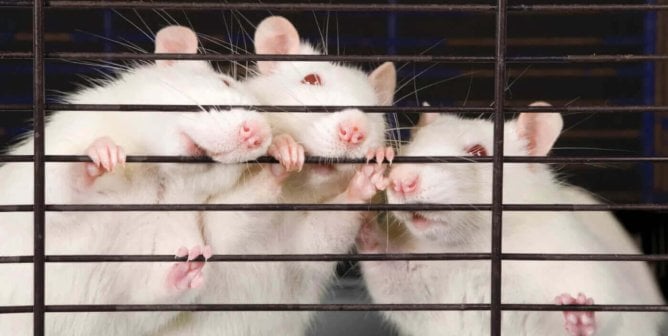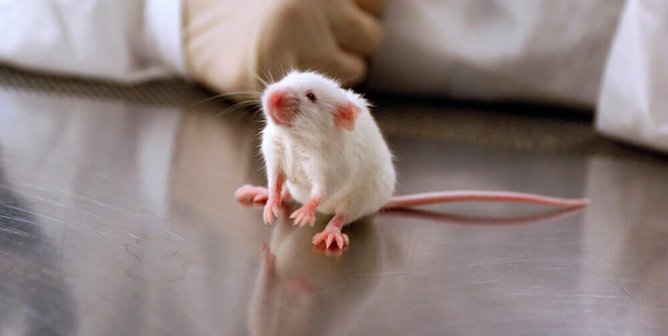Skin Irritation and Corrosion

Irritants are chemicals that cause reversible skin damage. Clinical signs of irritation include the development of a rash, inflammation, swelling, scaling, and abnormal tissue growth in the affected area. Substances that cause irreversible damage to and destruction of the skin are considered severe irritants or corrosives.
A number of U.S. federal agencies require the submission of skin irritation and/or corrosion data, including the Consumer Product Safety Commission (cosmetics and household products), the U.S. Environmental Protection Agency (industrial chemicals and pesticides), the U.S. Food and Drug Administration (pharmaceuticals and medical devices), and the U.S. Department of Transportation (corrosive materials that are shipped).
Animal Tests
In skin irritation and corrosion tests, rabbits’ backs are shaved and a test substance is applied to their skin. The site is covered with a gauze patch for up to four hours, after which the patch is removed and the remaining substance wiped away. A wound is allowed to develop at the site for up to 14 days, and the degree of skin damage is assessed. The rabbits may experience inflammation, ulcers, and bleeding. Animals are not required to be provided with pain-relieving drugs during these prolonged processes.
Despite years of use, animal-based skin irritation and corrosion tests have produced highly variable results and are generally poor predictors of human-skin reactions. For example, a comparison of data from rabbit tests and four-hour human-skin patch tests for 65 substances found that 45% of classifications of chemical-irritation potential based on animal tests were incorrect.
Non-Animal Tests
Fortunately, several validated non-animal tests for assessing skin irritation and corrosion are available to replace the use of rabbits. One of these tests is based on the use of cultured human skin cells instead of live rabbits. PETA U.K. funded the final validation of one of the methods (EpiDerm), which can now be used worldwide to test the reaction of human skin to potentially corrosive and irritating chemicals.
Another test for assessing skin corrosion is Corrositex. Using a protein membrane instead of skin, Corrositex can measure whether—and at what rate—a chemical is capable of penetrating the simulated skin barrier.
Development of these non-animal methods has dramatically reduced the number of rabbits required for skin irritation and corrosion testing across most regulatory agencies—however, PETA scientists are hard to work to ensure that all agencies in all countries recognize that non-animal methods can provide all the information needed to determine whether chemicals are safe for use.
After discussions with PETA, the influential European Respiratory Society has committed to ending its use of live animals in all of its medical training programs, sparing countless piglets from suffering invasive procedures. The international society is the largest scientific and clinical organization in respiratory medicine in Europe and is made up of more than 35,000 … Read more »
Please take action and urge the U.S. Highbush Blueberry Council to stop funding all experiments on animals.
The monkey abduction trade is rife with corruption, and PETA is demanding intervention. Join the fight to protect endangered macaques from exploitation by companies like Charles River.
Baby monkeys need your help! PETA exposed baby monkeys torn from their mothers for depraved experiments. Urge your lawmakers to support a bill to stop it NOW!
You’ve helped PETA usher food and beverage testing in Taiwan into a new era. But mice and rats’ lives are still on the line there, so urge officials to adopt an animal-free measure now.
We need the U.S. House of Representatives to pass the FDA Modernization Act 3.0 before Congress adjourns. Act NOW!








